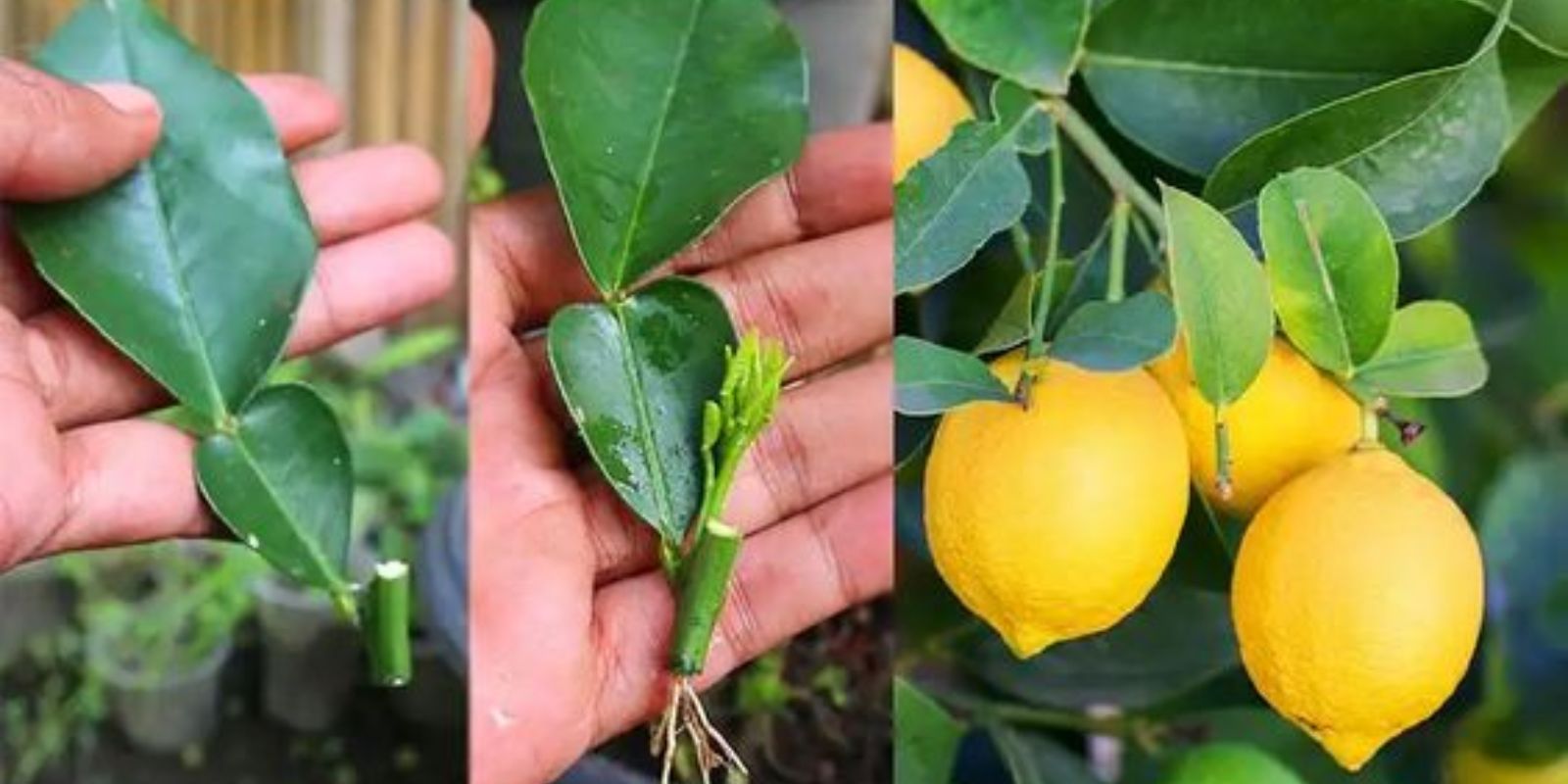Introduction
Propagating lemon trees from leaf cuttings is a fascinating and productive way to expand your citrus garden. Not only does it allow you to grow new lemon trees from an existing plant, but it also offers a cost-effective method of producing more fruit-bearing trees. While propagating lemon trees from seeds is possible, using leaf cuttings provides a faster route to achieving a fruit-bearing tree. This method, though requiring patience and careful attention, can lead to a thriving new addition to your garden. This article will guide you through the process, offering practical tips and techniques to ensure your propagation efforts are successful.
Materials Needed
Before starting, gather the following materials:
- Healthy lemon leaves from a mature tree
- Sharp, clean pruning shears or scissors
- Rooting hormone powder
- Potting mix (a blend of peat, perlite, and sand works well)
- Small pots or seed trays
- Plastic bags or a humidity dome
- A bright, warm location with indirect sunlight
Step 1: Selecting and Preparing the Leaves
The first step in propagating lemon trees from leaf cuttings is to select healthy, disease-free leaves from a mature lemon tree. Choose leaves that are firm and vibrant in color, avoiding any that show signs of disease or damage. The ideal cuttings should be around 4-6 inches long and include at least one leaf node (the small bump on the stem where leaves attach).
Use sharp, clean pruning shears or scissors to make a clean cut. This helps prevent the transmission of disease and ensures that the cuttings are as healthy as possible. Trim the leaves to remove any excess foliage, leaving just the main vein and a short piece of the stem.
Step 2: Applying Rooting Hormone
To promote root development, dip the cut end of each leaf cutting into rooting hormone powder. Rooting hormones contain plant growth regulators that stimulate root formation. While optional, this step can significantly improve your chances of successful propagation. Gently tap off any excess powder to avoid clumping, which can hinder root growth.
Step 3: Planting the Cuttings
Prepare small pots or seed trays with a well-draining potting mix. A mixture of peat, perlite, and sand works well, providing adequate drainage while retaining enough moisture for the cuttings to establish roots. Fill the pots or trays with the potting mix and lightly firm it down.
Insert the cut end of each leaf cutting into the potting mix, burying it just deep enough to ensure stability. Space the cuttings a few inches apart to prevent them from overcrowding. Water the soil lightly to settle it around the cuttings, but avoid overwatering, as this can lead to rot.
Step 4: Creating a Humid Environment
Leaf cuttings require a humid environment to encourage rooting. Cover the pots or trays with plastic bags or a humidity dome to create a mini greenhouse effect. This helps maintain high humidity levels, which is crucial for the cuttings to develop roots. Ensure that the covering does not touch the cuttings directly, as this can cause fungal problems.
Place the covered pots in a bright, warm location with indirect sunlight. Direct sunlight can cause excessive heat and drying, so it’s important to provide a balanced environment. Aim for temperatures between 65-75°F (18-24°C) for optimal rooting conditions.
Step 5: Monitoring and Care
Regularly check the cuttings for signs of root development. This can take several weeks, so patience is key. Ensure the soil remains consistently moist but not waterlogged. Overwatering can lead to root rot, so it’s important to strike a balance.
If you notice any condensation building up inside the plastic covering, it’s a sign that the humidity is high enough. However, if the condensation becomes excessive, remove the covering for a short period to allow for ventilation. This helps prevent fungal growth and keeps the environment healthy for the cuttings.
Step 6: Transplanting
Once the cuttings have developed a robust root system, usually within 4-8 weeks, they are ready for transplanting. Carefully remove each cutting from the pot or tray, taking care not to damage the delicate roots.
Prepare larger pots or garden beds with well-draining soil. Transplant the rooted cuttings into their new containers or outdoor spaces, ensuring they have enough room to grow and develop. Water the newly transplanted trees thoroughly and provide them with a balanced fertilizer to support their continued growth.
Step 7: Ongoing Care
After transplanting, continue to care for your new lemon trees by providing them with adequate sunlight, water, and nutrients. Lemon trees thrive in full sun, so place them in a location where they receive at least 6-8 hours of sunlight daily. Keep the soil consistently moist but not soggy, and fertilize regularly to promote healthy growth and fruit production.
Motivation
Successfully propagating lemon trees from leaf cuttings is an incredibly rewarding experience. Not only does it allow you to expand your garden with new, fruit-bearing trees, but it also provides a sense of accomplishment as you watch your efforts grow into thriving plants. Give this technique a try, and enjoy the satisfaction of nurturing your own lemon trees from start to finish. Share your results and inspire others to embark on their own propagation journey! 🌿🍋

